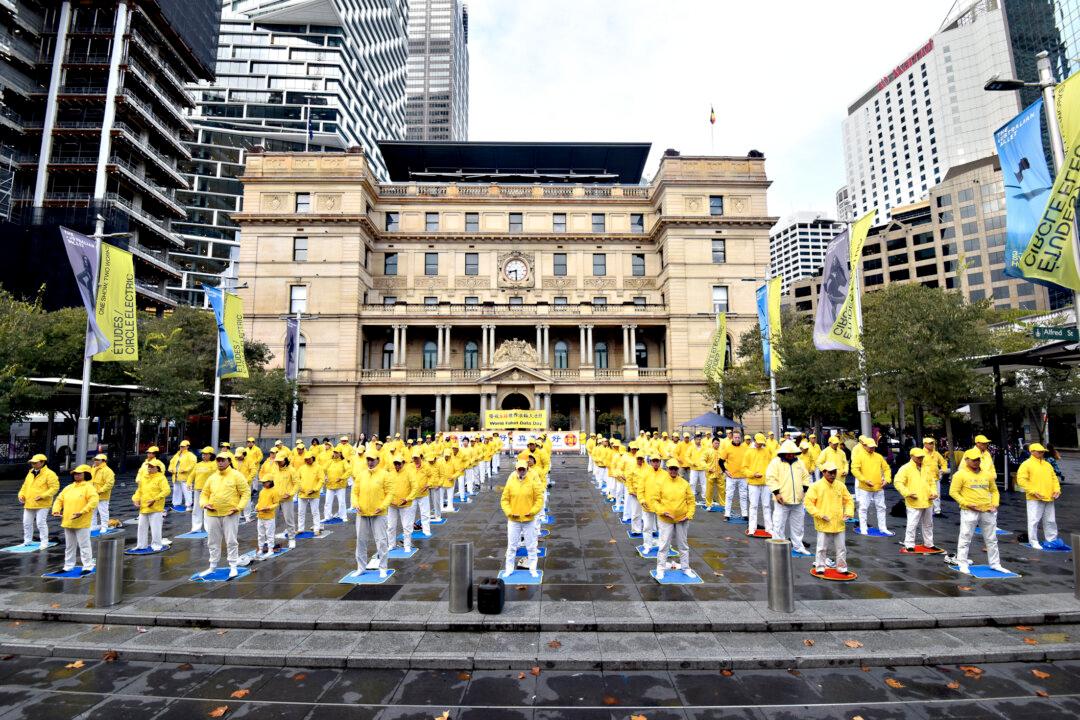Residential construction across the nation contracted for a seventh straight time during the March quarter, with a 12.5 percent drop from the last year—the biggest annual fall in almost 19 years—according to the latest data released by Australian Bureau of Statistics (ABS) on May 27.
However, results were divergent among sectors.





